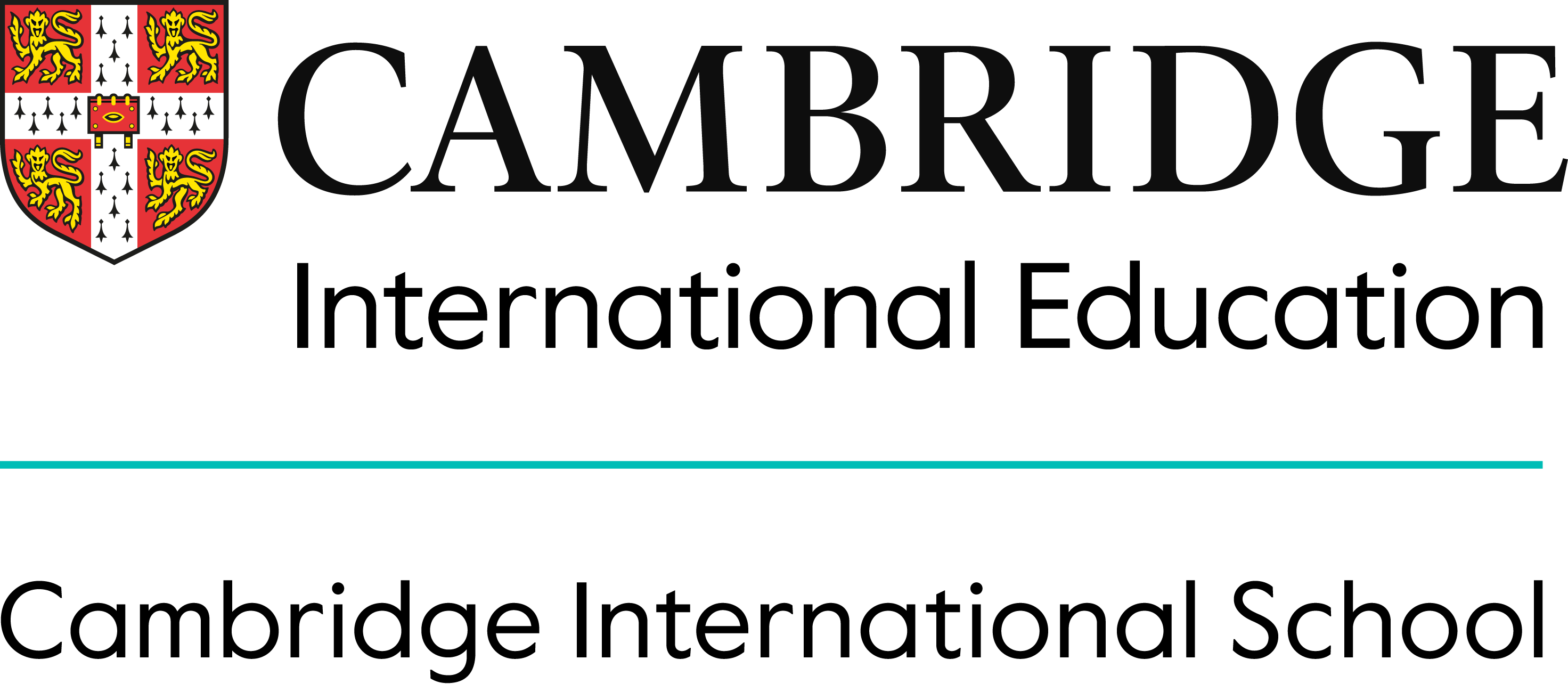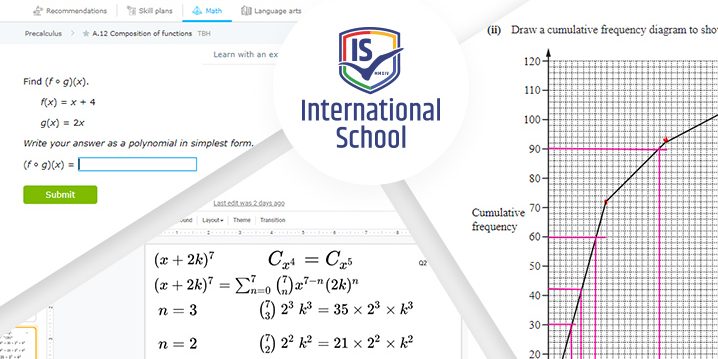Even with all the digital resources at our disposal, teaching mathematics in an online setting is a challenge for two main reasons:
- The ability to present problem solving skills without a board to write on.
- The ability to check the students’ work as they develop their competencies.
Given how quickly the new situation struck, teachers at International School had very little time to prepare for it and the first week was a bit chaotic. Most students saw this as an opportunity for an early vacation and live-stream sessions weren’t very interactive. After a few lessons, however, we established new systems and switched into overdrive when it comes to the active use of different software and collaborative platforms.
Online classrooms full of students
Some students were diligent enough to take the situation seriously and attend all lessons from the beginning, while for others we received strong support from parents encouraging them to participate. Soon enough, online classrooms became as full as the real ones, and our communication fully switched to Google Meets for direct communication with the students.
Online classrooms full of students
Some students were diligent enough to take the situation seriously and attend all lessons from the beginning, while for others we received strong support from parents encouraging them to participate. Soon enough, online classrooms became as full as the real ones, and our communication fully switched to Google Meets for direct communication with the students.
Solutions for online teaching
Our first solution to practice problem solving was to introduce the format of a “dynamic presentation” that is shared with all students at all times. Also, we use the Math Equations LaTex editor as a Google Slides add-on to quickly generate beautiful-looking equations. This became the new “whiteboard”, but one where everyone can work together.
When things get graphical, there is no better platform than Desmos Graphing Calculator, It provides tools to quickly graph, and even code to an extent, in order to create visualisations for Functions and Coordinate Geometry.
Desmos also comes with an activity builder with many activity templates that your students can do while you monitor them through a dashboard.
For solving past papers and doing exam preparation, we are using the interactive PDF editor add-on called Kami. This turned out to be especially useful for drawing graphs on exam-provided grids for IGCSE papers.
To give students online assignments, we are using IXL, a platform that gives personalised assignments to individual students and covers 90% of our syllabus requirements for all years. This platform makes it very difficult for students to copy from each other and fosters precision, as the input format is very punishing to mistakes. The students have unlimited time to complete tasks, but will get a negative score every time they fail so for a good score they must be continuously precise and pedantic.
Finally, we recently stumbled upon a new platform called Mathspace, which is perfect for creating assignments for students. Unlike IXL, these assignments can be custom-made and incorporated into school work through a variety of options, e.g. hints, video tutorials or online tests whereby the teacher shuffles the numbers for the questions of the same type and assigns them to each student. The platform is easy to use and has a huge database of questions, online resources and topics. More importantly, it is free and available to all closed schools throughout the world during the outbreak. The great thing about Mathspace is that it recognises every correct step while solving a problem and gives students feedback along the way.
It also comes with a teacher dashboard with an overview of the students’ progress.
Students’ feedback as a great reward
All in all, these are difficult times and we have to adapt to work in various ways, but after the first week or two, once things settled and the gears started rolling, the entire experience has been revelatory in the sense of how much can be done online with a little bit of creativity and help of some wonderful internet tools. Our students’ feedback has been great and more and more of them are learning how to participate in this format of schooling. I hope that this will be a valuable lesson to the world for the development of future technologies to aid us not just in situations like these, but in our regular teaching too.
We do everything the same as in the regular lessons and I personally don’t find it too difficult to work like this since all of the programs that the teacher uses are pretty simple and understandable. Also, we all participate in solving the tasks, which makes the lessons as interactive as possible. I think that the past two weeks have been very productive when it comes to mathematics, and I feel very comfortable working this way, said Y12 student Elena Ćuća.
Another Year 12 student, Milica Petronijević had an affirmative comment about learning math online: Since we had trouble figuring out how to do math online, we were following the white board from the laptop camera and chimed in whenever we were asked a question. The lessons are going well and the newly discovered Google Docs and Slides add-ons really help with creating complex math equations online. Mr Bunjac tries to involve everyone in the lesson as much as possible and clear up any misunderstandings and confusions. All in all, I am satisfied with our maths lessons.




